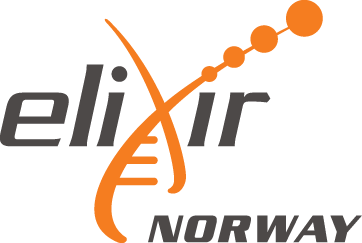Welcome to MirGeneDB 3.0 - the curated microRNA Gene Database
MirGeneDB is a database of manually curated microRNA genes that have been validated and annotated as initially described in Fromm et al. 2015 , Fromm et al. 2020 and Fromm et al 2022. MirGeneDB 3.0 (Clarke and Hoye et al. 2024 ) includes more than 21,000 microRNA gene entries representing more than 1,700 microRNA families from 114 metazoan species. All microRNAs can be browsed, searched and downloaded.
Updates to MirGeneDB 3.0 include:
- The addition of 39 new species including:
- The deep-sea anemone Actinernus sp. and the staghorn coral Acropora digitifera
- The panther worm Hofstenia miami and the Roscoff worm Symsagittifera roscoffensis
- The horsehair worm Gordionus sp.
- The priapulid Priapulus caudatus
- The bootlace worm Lineus longissimus
- The horseshoe worm Phoronis australis
- The African malaria mosquito Anopheles gambiae, the tsetse fly Glossina pallidipes, the braconid wasp Diachasmimorpha longicaudata, and the two- spotted spider mite Tetranychus urticae
- The tube worm Owenia fusiformis, the progenic orbiniid Dimorphilus gyrocilatus, the peanut worm Sipunculus nudus, and the Dumeril’s clam worm Platynereis dumerilii
- The red abalone Haliotis rufescens, the Japanese carpet shell Ruditapes phillipinarum, Vernard’s tusk shell Pictodentalium vernedei, the West Indian fuzzy chiton Acanthopleura granulata, the mossy chiton Mopalia muscosa, the monoplacophoran Laevipilina hyalina, and the solenogasters Epimenia babai and Wirenia argentea
- The tiger flatworm Prostheceraeus crozieri, the Russian doll killer Gyrodactylus salaris, the blood fluke Schistosoma mansoni, and the hydatid worm Echinococcus granulosus
- The monogonont rotifer Brachionus koreanus, the bdelloid rotifer Adineta vaga, the seisonidean Seison nebaliae, and the thorny-headed worms Neoechinorhynchus agilis and Pomphorhynus laevis
- The Sumatran orangutan Pongo abelii, the common marmoset Callithrix jacchus, and the mouse lemur Microcebus murinus
- The domestic horse Equus caballus
- The African bush elephant Loxodonta africana
- The Tammar wallaby Notamacropus eugenii
- A revision of our evolutionarily informed nomenclature system using MirGeneDB’s newly enhanced taxonomic breadth and resolution.
- The addition of downloadable covariance models for more than 700 conserved microRNA families.
- The addition of downloadable processed fasta-files of all read data used by us and hosted on MirGeneDB's read pages.
- Processing variants derived from the same microRNA gene will now be displayed together as a single entry when searching with the browse function; accessing the gene entry for a particular species will reveal any variants that exist for it in that species.
MirGeneDB is supported by the Tromso Research foundation and part of RNAcentral and the Elixir Norway framework.






